D-Day: The monuments of the Normandy landings
Monday, 6th June 2011 by Alex Turnbull
Today marks the 67th anniversary of D-Day, the fateful day that allied forces began their invasion of Normandy after five years of war with Nazi Germany during WWII. The massive operation to invade Nazi-occupied western Europe was known as Operation Overlord and was to last eleven months - eventually taking the allied forces all the way to Berlin, and Hitler's secret bunker.
The invasion of Normandy (itself known as Operation Neptune) began at 6.30am on the morning of June 6th, and the attacks were spread across five main beaches, codenamed Juno, Gold, Sword, Utah and Omaha which are spread out along an 80km stretch of France's northern coast. 6,000 vessels joined the attack supported by over 11,000 planes. On D-Day itself troops from Canada, the United Kingdom and the U.S. were all deployed on foot.
The situations at each the beaches were quite different, but the worst casualties were suffered at Omaha Beach – the horrors of which are familiar to many of us through the depiction of the landings in movies and TV shows such as Saving Private Ryan and Band of Brothers. Today the beach itself gives away nothing of its bloody history.
It was the U.S. army who were charged with taking Omaha Beach, and due to the unexpectedly strong defences combined with landing difficulties, at least 2,499 U.S. soldiers died here. Today there are several memorials around the beach at Omaha, including the Normandy American Cemetery Memorial, where there are a total of 9,387 graves.
A temporary cemetery was first established near here on June 8, 1944, and after the war, today's permanent memorial was established just to the east of the original site. It was here that the opening and end of Saving Private Ryan were shot, and two of the four brothers on whom the film was based are buried here.
From Street View we can also see the 1st Infantry Division monument, an obelisk inscribed with the names of U.S. 1st Infantry Division soldiers who died between June 6th and 24th, 1944.
To the west of the beach is the Pointe du Hoc Ranger Monument, a simple granite pylon positioned on top of a German concrete bunker, that was erected by the French to honour the American Second Ranger Battalion who scaled the cliffs here. To the south of the monument lies an area littered with bomb craters that has been preserved almost exactly as it was nearly 70 years ago.
By the end of D-Day the allies had put 156,000 troops ashore in Normandy, at a cost of around 10,000 allied troops, and between 4,000 and 9,000 German soldiers who were killed or injured. There are memorials all over the area to the men and women who died here, such as the Utah Beach American Memorial and the Juno Beach Centre.
Today also marks the tenth anniversary of the opening of the National D-Day Memorial in Bedford, Virginia. Some 70,000 people visit the memorial each year, which features an "English garden", a life-size statue of General Eisenhower, 13.5 metre (44 foot) tall granite arch, and most importantly, plaques listing the name of every one of the 4,413 allied soldiers who died in the invasion, the most complete list of its kind anywhere in the world.
The foundation behind the memorial are currently engaged in an attempt to compile a list of the names of every service member that participated in Operations Overlord and Neptune.
Wikipedia has a range of articles covering different aspects of D-Day, so why not lose yourself in some history for a while, starting here. Alternatively, read some of the first-hand accounts of the landings available on the 6 Juin 1944 website.
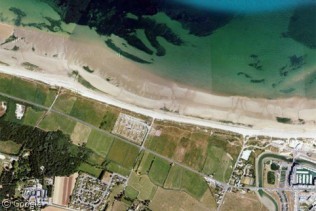
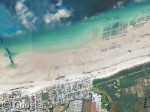
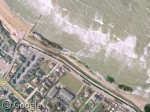
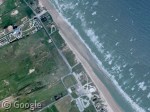
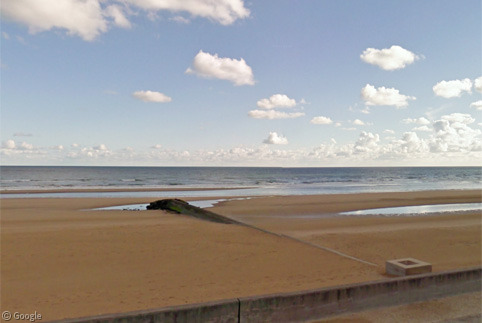
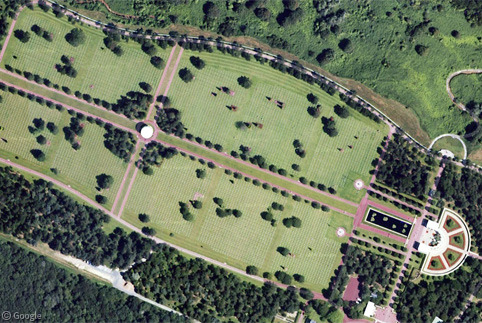
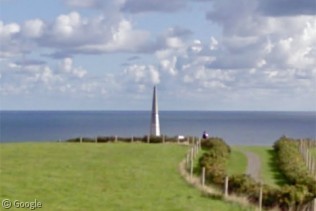
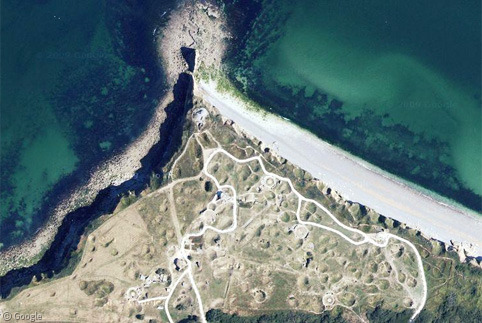
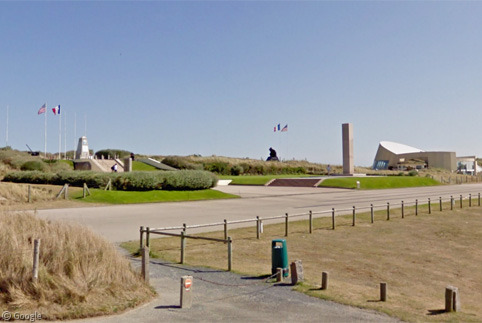
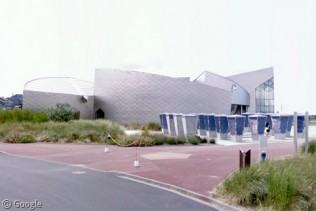
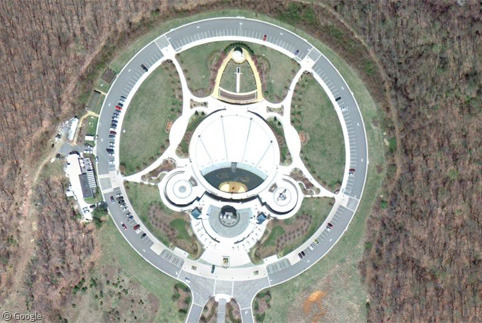
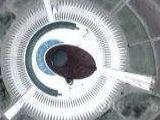
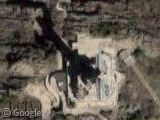
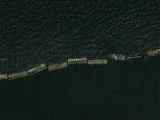

Hi There, I live in Berlin and I can tell you that can see the secret bunker (well, were it was) here much better than at google street view 🙂
It’s really sad to think all of those people died in the war. So many years ago, but still so prominent in our minds.